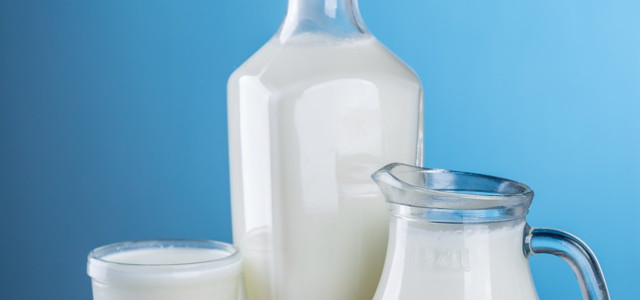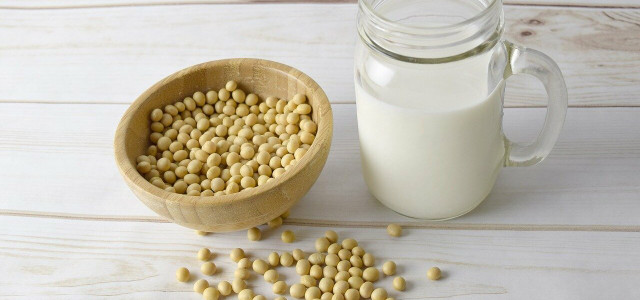Oat milk and soy milk are both popular plant based milks. We'll look at the health benefits of oat milk vs soy milk, and which is better for the environment.
Plant based milks, such as oat milk and soy milk, are becoming increasingly popular as more people switch to vegan diets or reduce the amount of animal products that they consume. Plant based milks are much better for the environment than cows milk, with a 2018 study by Oxford University shows that a glass of cow’s milk has at least three times more emissions than any alternative milk.
Data shows that in the US, the sales of cows milk dropped 6 percent in the year leading up to June 2018, while the sales of plant based milks rose by 9 percent. In 2019 the plant-based milk market was valued at around 14 billion dollars. Oat milk and soy milk are among the most popular plant based milks, and many plant based milks are fortified so that their nutritional value matches that of cows milk. We’ll look at the health and environmental impacts of both, so you can decide for yourself which one you would prefer to drink.
The Health Impacts of Oat Milk
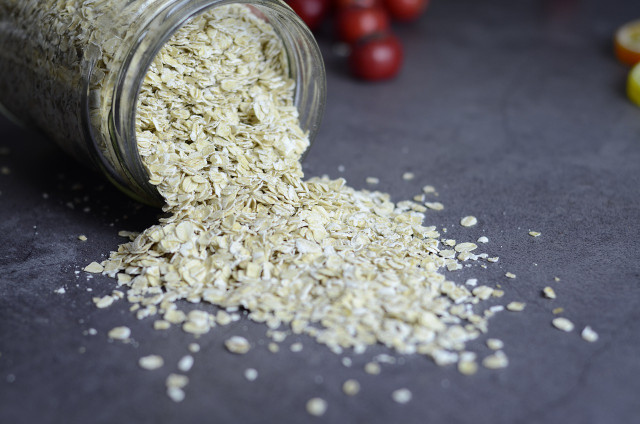
(Foto: CC0 / Pixabay / sunxiaoji)
Oat milk is naturally free of lactose, nuts, and soy, so it is a good choice for people with allergies or dietary restrictions Oat milk is a great source of B vitamins like riboflavin (B2) and vitamin B12, which all help to alleviate stress, combat oxidative damage, and promote healthy hair, nails, and skin. Store-bought oat milk is also nutritious as it is often fortified with calcium and vitamin D, both of which can benefit your bones. Oat milk also has cardiovascular benefits as it is high in beta glucan, a type of soluble fibre. Studies show that this type of fibre is beneficial at lowering cholesterol. You can also make your own homemade oat milk, by sourcing raw oats from your local zero-waste supplier.
The Health Impacts of Soy Milk
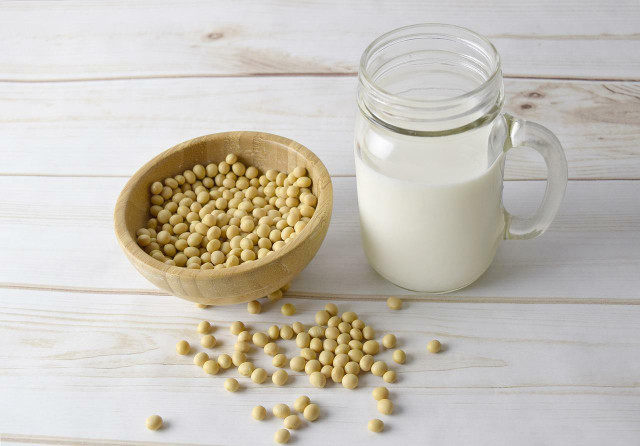


(Foto: CC0 / Pixabay / bigfatcat)
Soy milk also has many positive health impacts. The forms of vitamin B found in soy milk are important for helping your body maintain your nerve cells and DNA, and this vitamin can also help prevent anaemia and tiredness. Soy milk is also high in protein, which makes it a good source of bone healthy nutrients. Soy milk is also rich in omega-3 fatty acids, which are linked to a reduced risk of dementia and Alzheimer’s disease. Soy milk is also beneficial for your cardiovascular health as it is an excellent source of potassium, whether or not the milk has been fortified. Potassium is deeply connected to maintaining lower blood pressure and a regular pulse.
Oat Milk vs Soy Milk: Environmental Impacts
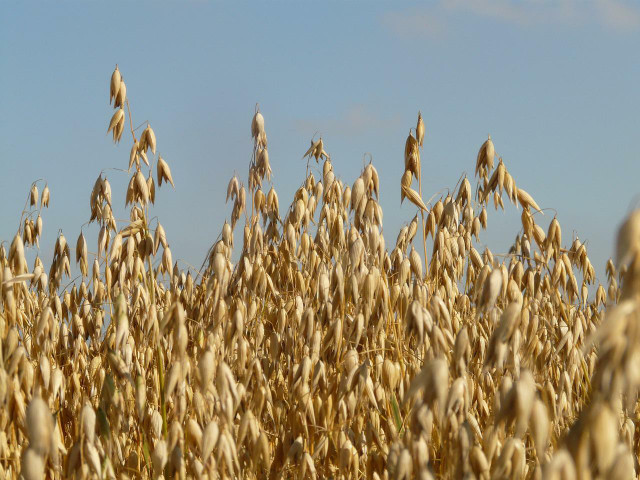


(Foto: CC0 / Pixabay / Hans)
Commercial oat milk is made by combining oats with water before milling the mixture into a fine consistency. Enzymes are then added to the mixture to break down the oat starch. The bran solids are separated out, leaving behind the liquid base, which is the oat milk.
According to an LCA study that Oatly conducted in Sweden, the production of its oat milk results in 80 percent lower GHG emissions and 60 percent less energy use compared to cow’s milk. Of all of the plants turned into milk, oats generally use the least water. A litre of oat milk requires 48 liters of water to produce. Oat milk production also has low greenhouse gas emissions, as oats can grow in a wide range of climates and soil conditions, which makes it easy for people to source oat milk made from locally grown oats.
A negative environmental impact of oat milk is that most oat operations, particularly in the U.S., are large-scale monocultures, which means that it is the only type of crop grown in a large area. This practice depletes the fertility of the soil, limits the diversity of insects and increases the risk of diseases and pest infection.
Soybeans are legumes native to East Asia, and they are now grown all over the world. Soy milk is produced by soaking and grinding soybeans, boiling the mixture, and filtering out remaining particulates. The produced soy milk is a stable emulsion of oil, water, and protein.
Studies show the greenhouse gas emissions associated with the production of soy milk are much lower than dairy, and are about equal to almond and pea milk. In terms of water usage, a litre of soy milk requires 297 liters of water to produce.
There are some negative environmental impacts of soy milk. The World Wildlife Fund (WWF) states that the soybean industry ‘is causing widespread deforestation and displacement of small farmers and indigenous peoples around the globe’. This is because soy crops are often grown continuously in monoculture. The fact that the plant is often grown in monoculture gives it the same negative environmental impacts that oat milk has.
While soybean crops have about the same water and land needs as oat crops, soybeans are often grown in vulnerable regions such as Brazil and Argentina, where vital wildlife habitat must be cleared for them. When buying soy milk, look out for organic or non GMO which will indicate that the production process was as sustainable as possible.
Read more:
- Quick & Easy Walnut Milk – Just 2 Ingredients
- Too Much Vitamin B12? When it’s Getting Harmful
- Vegan Baked Oats: Quick & Easy Recipe
- Uncovering the Truth About Soy Sauce: Is It Really Bad for Your Health?
Important Information regarding Health-related Topics.
** Links to retailers marked with ** or underlined orange are partially partner links: If you buy here, you actively support Utopia.org, because we will receive a small part of the sales proceeds. More info.Do you like this post?






